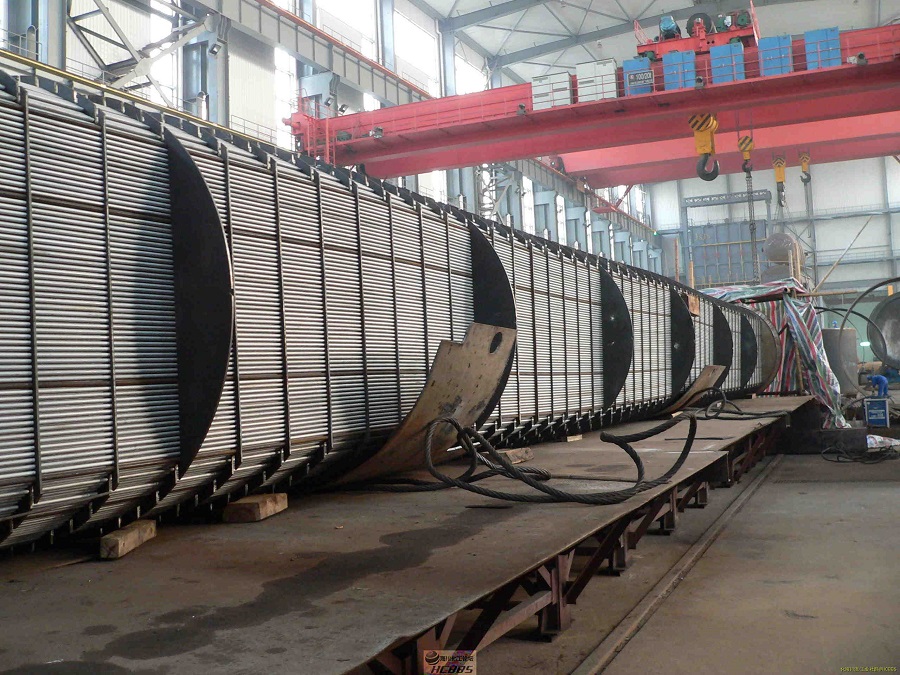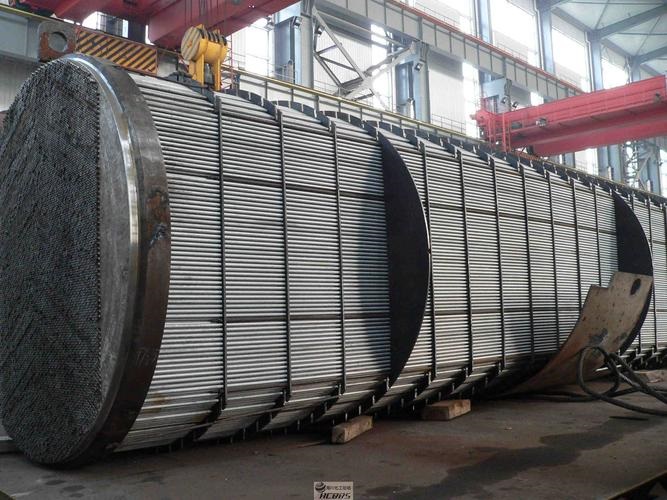Products Description
Introduce Tube Bundle Heat Exchanger
A tube bundle heat exchanger is a specific type of heat exchanger that consists of a bundle of tubes enclosed within a shell. This design facilitates the exchange of heat between two fluids—one flowing inside the tubes, and the other flowing outside the tubes within the shell. Tube bundle heat exchangers are commonly used in various industrial applications due to their efficiency and versatility.
The features and aspects of tube bundle heat exchangers:
1. Tube Bundle Heat Exchanger Construction:
- Shell: The outer container that encases the
tube bundle. It serves as a containment for one of the fluid streams.
- Tubes: These are the primary heat transfer surfaces. One fluid flows inside the tubes, and the other flows outside the tubes.
- Tube Sheets: These are the structures at both ends of the tubes, connecting them to the shell. Tube sheets provide support and maintain the integrity of the tube bundle.
2. Tube Bundle Arrangements:
- Straight Tube Bundle: Tubes run straight through the shell.
- U-Tube Bundle: Tubes are U-shaped, allowing for differential expansion between the tubes and the shell.
- Floating Head Bundle: One tube sheet is fixed, while the other is free to move. This design accommodates thermal expansion and contraction.
3. Tube Bundle Heat Exchanger Tube Materials:
- Tubes are typically made of materials such as stainless steel, carbon steel, copper, or other alloys, depending on the specific requirements of the application.
4. Shell-Side and Tube-Side Fluids:
- Shell-Side Fluid: The fluid that flows outside the tubes within the shell.
- Tube-Side Fluid: The fluid that flows inside the tubes. Heat is exchanged between the shell-side and tube-side fluids through the tube walls.
5. Tube Bundle Heat Exchanger Heat Transfer Mechanism:
- Heat transfer occurs through conduction across the tube walls. The temperature difference between the two fluids drives the heat exchange process.
6. Tube Bundle Heat Exchanger Applications:
- Tube bundle heat exchangers are used in a wide range of industries, including petrochemical, chemical processing, power generation, HVAC (heating, ventilation, and air conditioning), and more.
- Common applications include heating or cooling processes, condensation, and evaporation.
7. Tube Bundle Heat Exchanger Maintenance:
- Regular maintenance is essential to prevent issues such as fouling or corrosion, which can reduce heat exchanger efficiency.
8. Tube Bundle Heat Exchanger Design Considerations:
- Design factors include fluid flow rates, temperatures, pressure drops, and material compatibility.
- Tube diameter, length, and arrangement are critical parameters that influence the heat exchangers performance.
|
Component
|
Description
|
|
Shell
|
Outer container encasing the tube bundle.
|
|
Tubes
|
Heat transfer surfaces where fluids flow.
|
|
Tube Sheets
|
Structures connecting tubes to the shell.
|
|
Tube Arrangements
|
- Straight Tube Bundle
|
|
|
- U-Tube Bundle
|
|
|
- Floating Head Bundle
|
|
Tube Materials
|
Stainless steel, carbon steel, copper, alloys, etc.
|
|
Shell-Side Fluid
|
Fluid flowing outside the tubes within the shell.
|
|
Tube-Side Fluid
|
Fluid flowing inside the tubes.
|
|
Heat Transfer Mechanism
|
Conduction across tube walls.
|
|
Applications
|
Petrochemical, chemical processing, power generation, HVAC, etc.
|
|
Maintenance
|
Regular maintenance to prevent fouling or corrosion.
|
|
Design Considerations
|
Fluid flow rates, temperatures, pressure drops, material compatibility, tube dimensions, etc.
|
Tube bundle heat exchangers are versatile and can be customized to meet specific industrial process requirements. Their efficiency and reliability make them widely used in diverse applications where efficient heat transfer is essential.
Tube bundle heat exchanger



